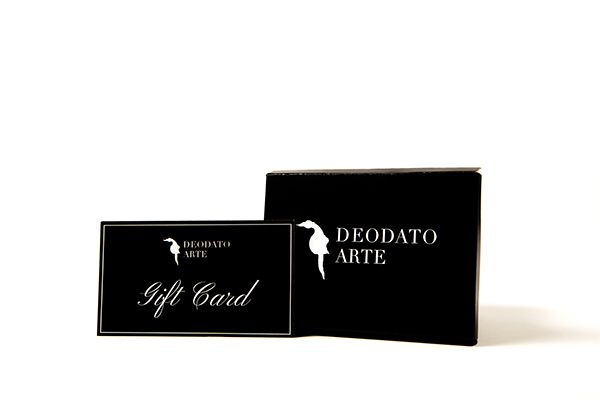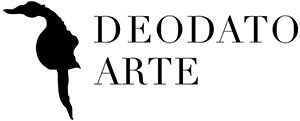
And now I've decided to attack myself.
What can happen to a gallerist who collects orders and makes turnover, who develops projects with the best brands in the world, who manages to entertain his clients and all the stakeholders, when he discovers another gallerist, less visible, less structured, less irreverent toward the system, but who has been so far-sighted as to have understood, valued and discovered some of the most important artists in the world of Street and Urban art, and so much so as to have organized the invasion of Rome by Invader in 2010?
There are two things: either die of envy or apply to the letter what Al Ries and Jack Trout explain in the book “Marketing Warfare” which reads "The best defensive strategy is the courage to attack yourself".
I chose to follow both of them, for 5 minutes I died of envy and in the following 10 months I applied the suggestion of Ries and Trout trying to become their partner.
The curators of the Wunderkammern gallery made me die of envy, but the desire for redemption that I read in their faces when I met them (thanks to Cristian Gangitano, our Japan Pop Art curator) gave me the strength to dare and to attack Deodato Arte. So I decided to use most of the available capital to become a partner and to have the honor to offer their precious offer to our loyal clients.
Apart from Keith Haring or J.M. Basquiat, street art in Italy has been seen by the art system as rubbish, let's face it.
But to tell the truth, a part of street art, especially graffiti artists and writers movements, has attacked other branches of street art itself; and some street artists have looked bad others who came later, or who payed less his dues.
A sort of war of all against all, where the only helmsman seemed to be the mythical Banksy, who in the end dragged everything and everyone.
But let's go in order.
I discovered Banksy in 2007, as I think also my friends of Wunderkammern, but since 2010 I've been focusing on everything Banksy created and on the artists who were generated by him (first of all Mr. Brainwash). They, accidentally from the same year, have preferred to focus on everything that determined Banksy's creation, on the artists who came before him.
A watershed Banksy, a central Banksy, a centre of gravity that starts with Keith Haring and we still don't know where it will end.
As it often happens in economic life, who comes next collects more fruits than who arrived first, this is perhaps the reason why Mr. Brainwash, artistically born in 2008, earns two thousand times more than the first stencil artist who inspired Banksy in 1981.
But culture is never exclusivist but on the contrary it is inclusive, even if very few people in the art world understand this (almost never the artists and almost never the directors of the fairs, to tell the truth and as I understood so far).
It's not a shame to say that Blek Le Rat inspired Banksy, it's not a shame to know that Shepard Farey introduced Thierry Guetta to Banksy and then he regretted it, it's not a shame to say that Banksy sells gadgets while his forerunners would never sell a work for evil money.
What is really a shame is not having respect for what has happened in the last 40 years, that the general public has rediscovered the value of simple but direct messages, thanks to Street Art.
If we want, Street Art is the successful version of Achille Bonito Oliva's Italian Transavanguardia.
While gallerists and the world that counts developed exceptional theoretical projects, but deliberately for a few, Street Art developed practical projects in parallel, and not too theoretical, deliberately for many. This may or may not please, but it is reality. The problem is that in 1996 the World Wide Web was born, and in 2003 and 2004 MySpace and Facebook, with these tools what was for the few remained for the few and what was for all became mainstream.
In this process, Wunderkammern has managed to create a strong continuity. It has cultivated key and historic artists of Street Art and in parallel it launched emerging artists; it has carried out an artistic research work with almost 60 events including curating museum exhibitions such as Shepard Fairey's at the Moscow Museum of Modern Art.
I, and the Wunderkammern team, with Giuseppe Pizzuto (GP) and Giuseppe Ottavianelli (GO) - founders of Wunderkammern - together with Dorothy de Rubeis and Ina Nico, are greedy. We are inclusive, we want to understand everything, we want to own everything, we are spoiled.
That's why Wunderkammern saw in Deodato a partner with whom to dig even deeper and discover this wonderful world, but at the same time look even further away; while Deodato saw in Wunderkammern the best way to attack himself, including and not dividing.
Thanks Al, thanks Jack, thanks Wunderkammern.
Stay tuned,
Deodato Salafia











 Register
Register Wishlist
Wishlist Contact Us
Contact Us
